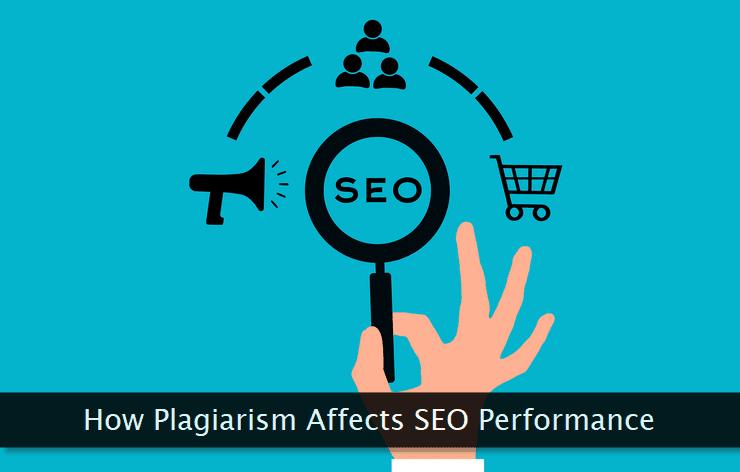 In this article, we are going to look at how content plagiarism can harm your website and its SEO performance. If you are someone that is looking to optimize your content creation process, please read what we have to say right till the very end.
In this article, we are going to look at how content plagiarism can harm your website and its SEO performance. If you are someone that is looking to optimize your content creation process, please read what we have to say right till the very end.Content Plagiarism: Meaning and Definition
- Ctrl + C
- Ctrl + V
According to SEO professionals at Digitrio, it requires expertise, time, experience, and a high level of professionalism. If you are expecting the freelancer that you found on Fiverr to create content that will be on the lines of what you find on an authority site, you are in for a treat.
Freelancers are notorious for using spinning software that simply paraphrases already existing content from the web! While Copyscape or Grammarly might not be able to catch the same (they feel that they can get away because of this), Google’s algorithms are more advanced.
You need to avoid plagiarizing content for SEO for five main reasons-
i. It will help you avoid violation of Copyright Laws, Rules, and Regulations
ii. Help you protect your website from Penalties imposed by Search Engines
iii. Allow you to not work extra on SEO strategies and rectify future errors
iv. Prevent you from gathering fresh organic traffic for the content published
v. Dilute your brand’s trust and reputation as someone that copies content
List of 4 Different Types of Content Plagiarism for SEO that exists
In this section, we are going to list down four major types of content plagiarism that exists on digital platforms currently-1. Patchwork Plagiarism-
There are tons of content writing software that have flooded the market. These co-called content writing software require you to copy-paste an existing piece of content. They then spin the software, change words, alter the sections and paraphrase everything. This is also called mosaic plagiarism spins existing content to create something new. This will invite a penalty.
2. Writer Self-Plagiarism-
Content writers sometimes think that if they are copying content from their own published works, they do not have anything to fear. However, this is wrong and will land the website and pages in trouble. Every piece of content has to be unique and original. If it is not the same and copied even from a writer’s past works, it invites manual action and copyright violations.
3. Direct and Intentional Plagiarism-
As the name suggests, this is a simple and straightforward copy-and-paste exercise. This is the worst form of plagiarism where the writer or SEO brazenly copies the content and changes the name of the writer or publisher. There are millions of content pieces on the web that are directly copied without any effort being made to change. You will find this for product descriptions.
4. Accidental or Unintentional Plagiarism-
Search engines are not perfect. Sometimes they make the mistake of catching direct quotations in the form of plagiarism. If you are covering an interview, you will have to quote directly what the speaker said. If the same is published on multiple platforms, it can, in the eyes of search engines amount to plagiarism. This is something that the writer or SEO cannot be blamed for.
The Final Word
There are plenty of grey areas as far as content plagiarism is concerned. Search engines sometimes cannot judge for certain on which website was the original content first published. The worst part about investing or engaging in content plagiarism is that once it sticks with you, it will be very difficult for you to brush it off any time soon.A good way to avoid this terrible problem is to have a content proofreading process in place. You can also invest in plagiarism tools that can help you find out what percentage of the content is being copied and taken from which source. If you have any other questions on content plagiarism for SEO that you would like us to help you with, please let us know in the comments.

